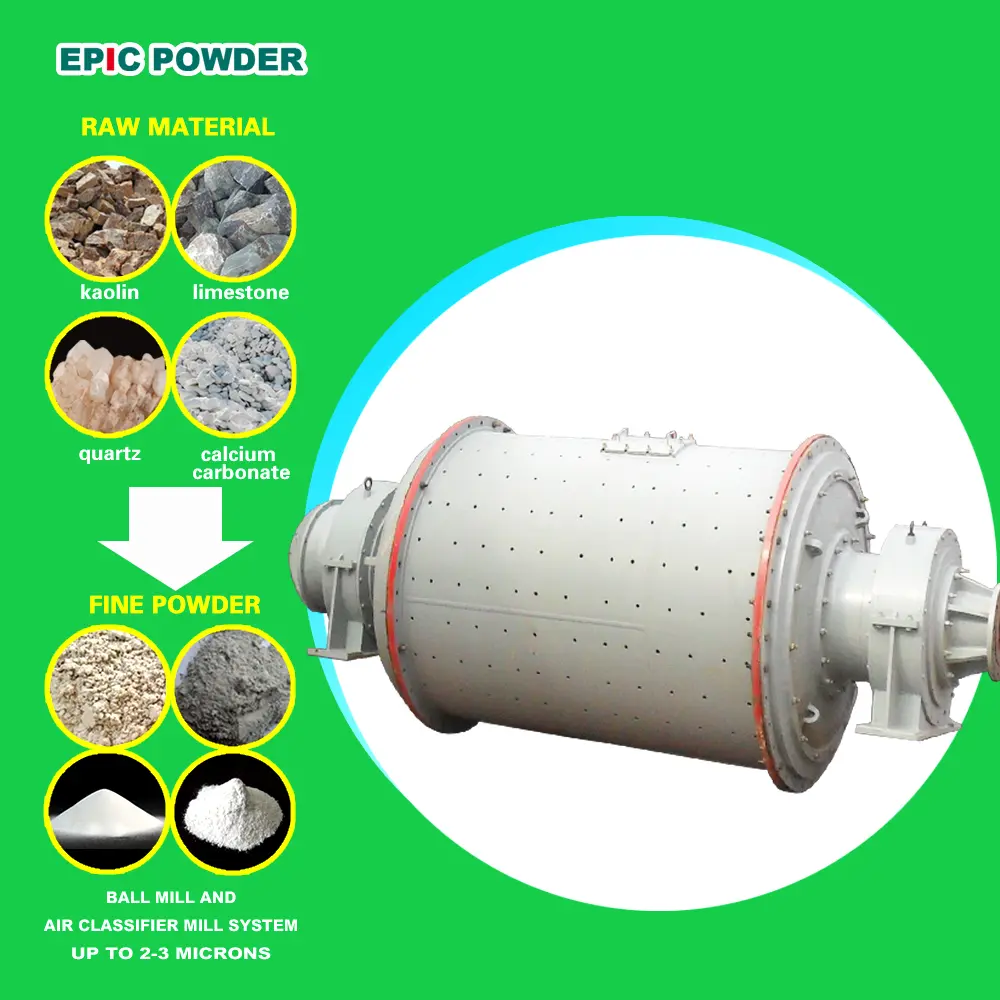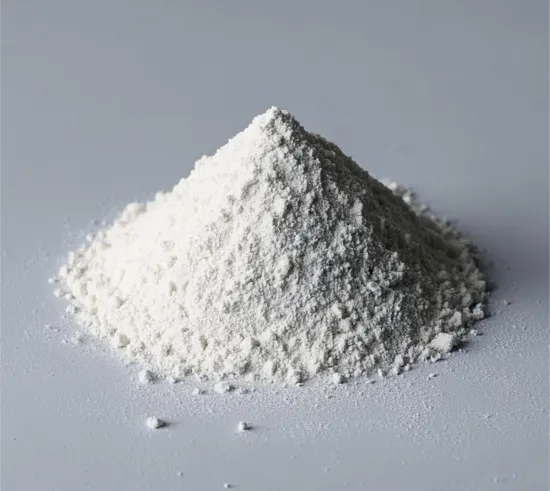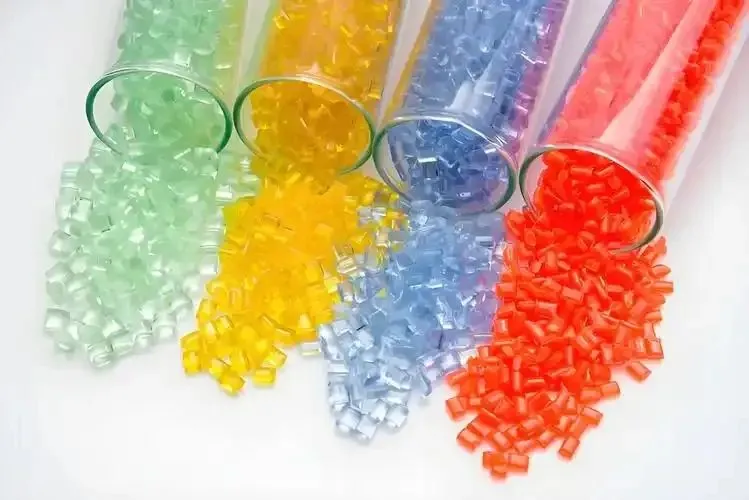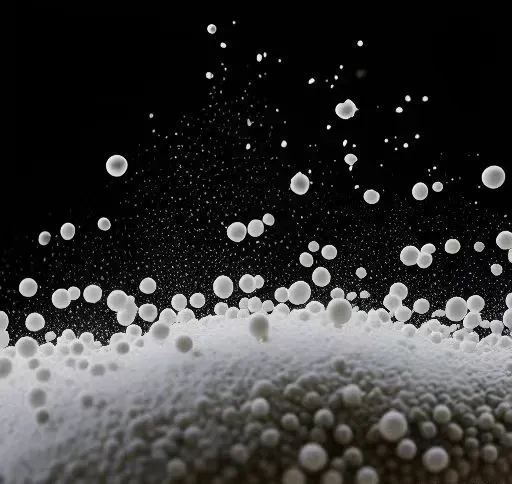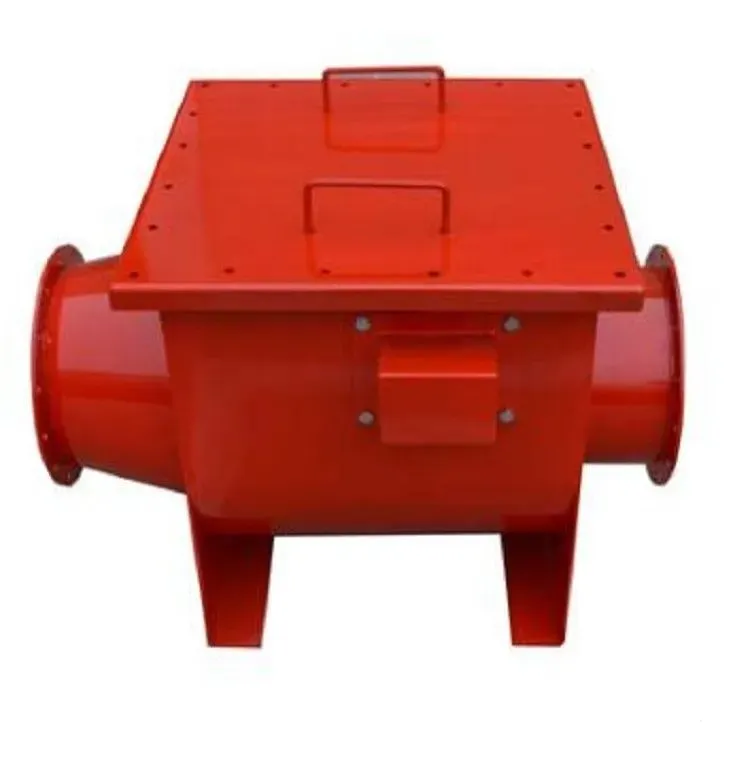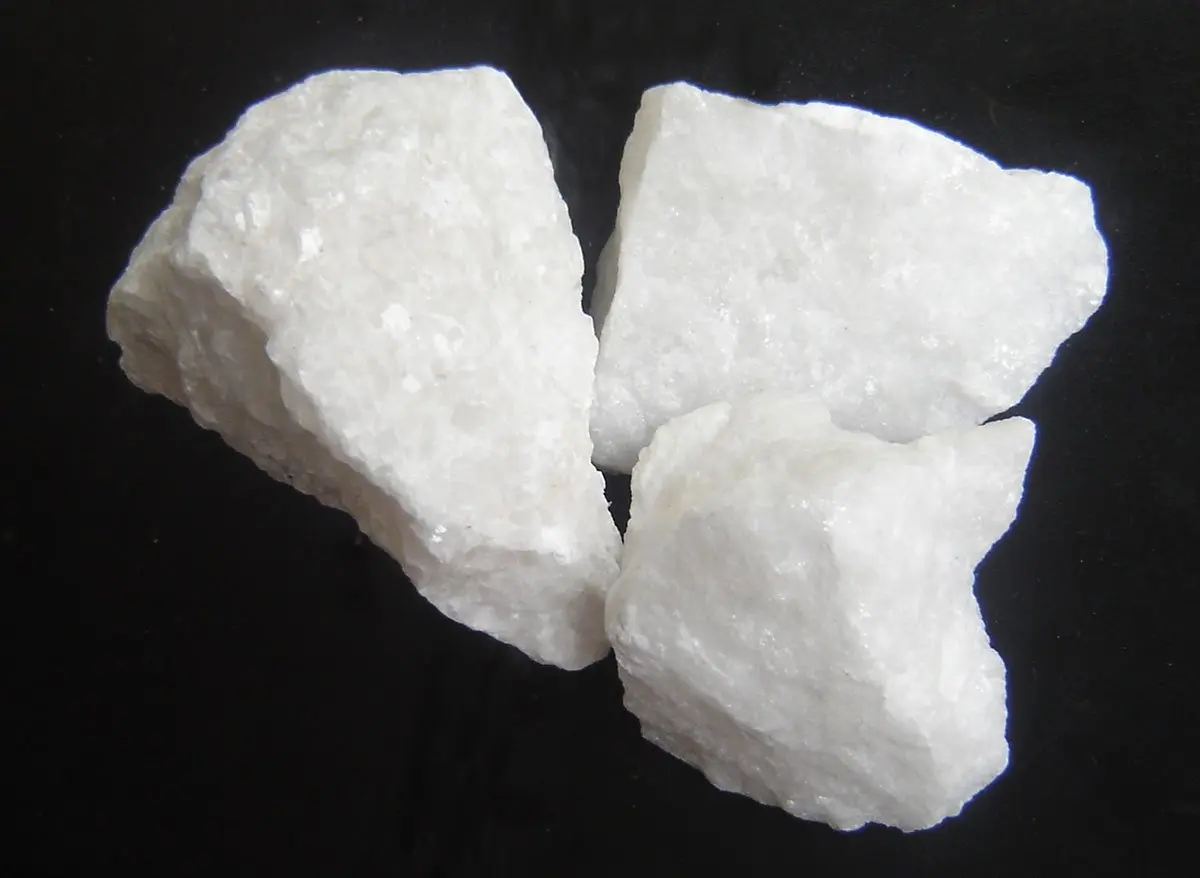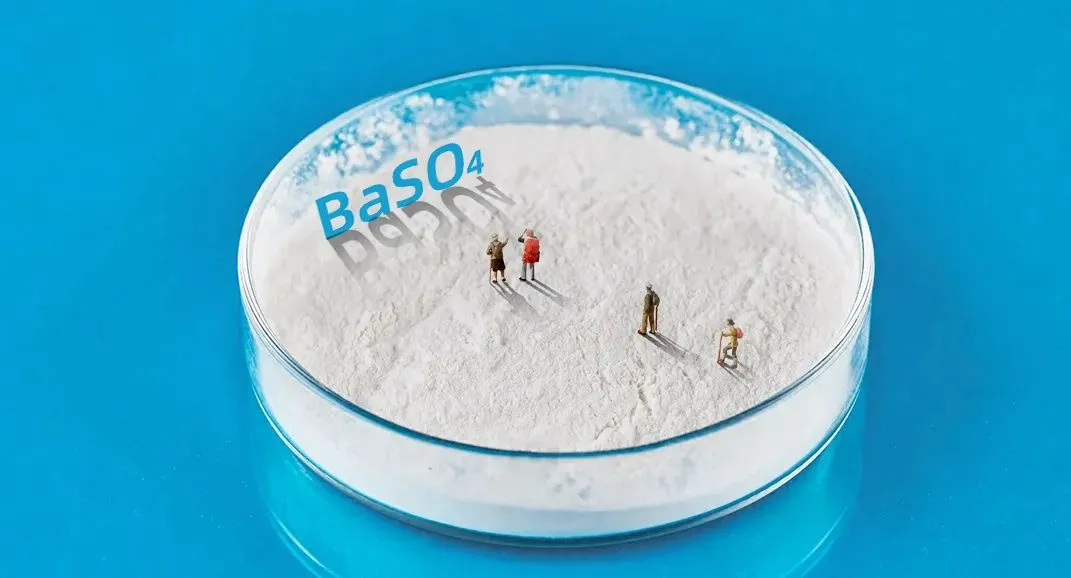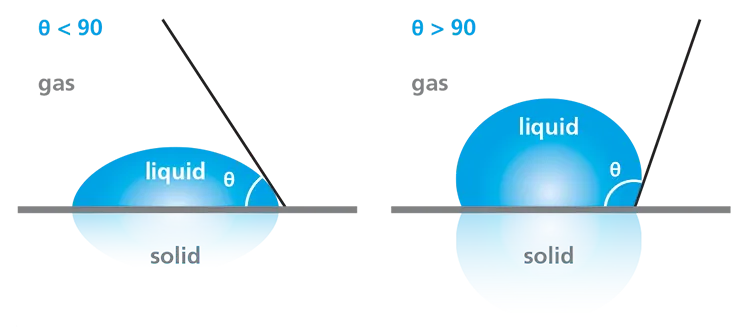From Ore to Powder: Kaolin Purification, Crushing, Modification
Kaolin is a crucial non-renewable mineral resource with few high-quality deposits. At present, more industries demand more high-end kaolin. The market demand has outpaced overall growth, worsening supply-demand imbalances in China.
Therefore, studying and applying various processing technologies is essential to make this mineral material suitable for diverse industrial applications.
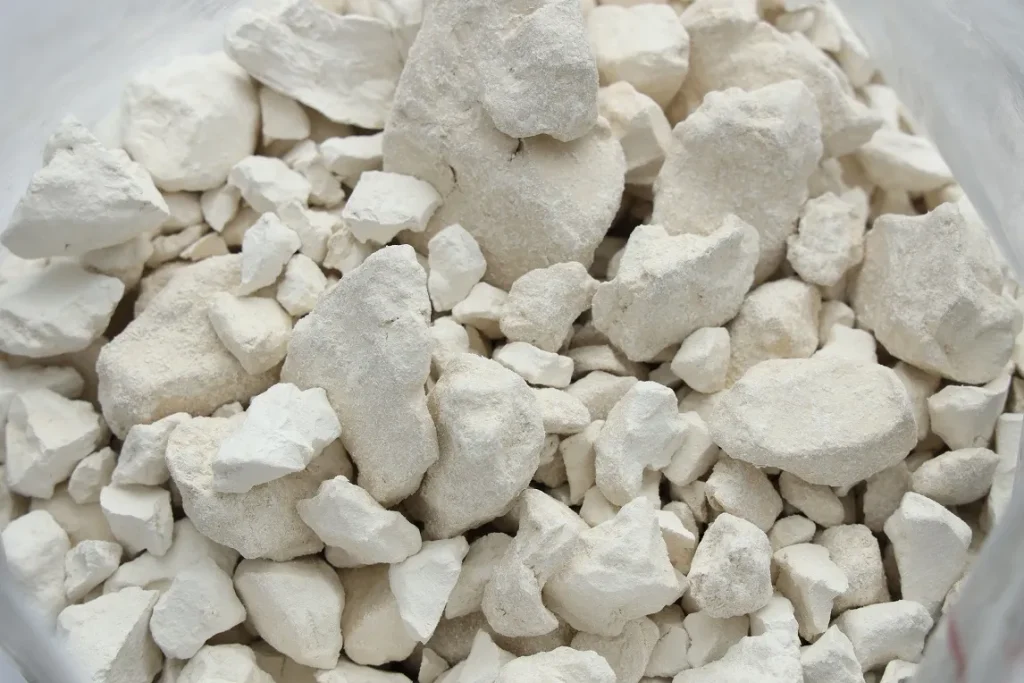
Kaolinite Beneficiation and Purification
Hand Selection Method
The hand selection method uses the size or density difference of mineral particles to separate minerals. It mainly removes impurities such as feldspar and quartz, improves the purity and calcined whiteness of kaolin, and is suitable for small enterprises.
Water Selection Method
The water selection method uses water as a medium to separate minerals from impurity minerals. It can remove larger particles of minerals such as quartz, feldspar, and mica or iron-titanium minerals. This method is simple and easy to operate, low in cost, and suitable for high-quality deposits.
Flotation Method
The flotation method separates useful minerals from ores based on their physical and chemical surface properties. Advanced techniques like carrier flotation, selective coagulation, and double liquid flotation are effective for pretreating ceramic raw materials.
Adsorption flotation adds limestone powder to the kaolin slurry to adsorb Fe2O3, while double liquid flotation adjusts the slurry’s pH, adds capture agents and organic solutions, and allows for stratification and separation.
Magnetic Separation Method
Magnetic separation is a process of separation under the action of magnetic force and other forces by using the magnetic differences of various ores or materials.
The composition of iron in coal-based kaolin is relatively complex. Different high-gradient magnetic separation methods can be used to remove iron from different coal-based kaolins. At present, high-gradient magnetic separation methods can be divided into below methods.
1. Pulsating high-gradient magnetic separation
2. Dry high-gradient magnetic separation
3. Vibration high-gradient magnetic separation
4. Selective flocculation and high-gradient magnetic separation combined iron removal
5.Magnetic agglomeration methods
Chemical Purification
Chemical purification is a method of using acid or alkali to dissolve and remove certain associated impurities in minerals because of their acid solubility or alkali solubility.
The reduction bleaching iron removal method uses a reducing agent to reduce insoluble trivalent iron (such as limonite) to soluble divalent iron, which is then filtered, washed, and removed with the filtrate.
Features: Strict reaction conditions, the pungent odor released causes a bad working environment, and residues in the product affect downstream applications.
The acid leaching bleaching iron removal method uses an acid solution to treat kaolin, converting iron-containing insoluble minerals into soluble salts. The kaolin is then whitened through processes such as ore washing.
Features: Poor effect on iron sulfide minerals, ilmenite minerals, etc., and high temperature of the slurry needs to be controlled. This increases the requirements for the acid corrosion resistance of the equipment, raises production costs, and residues in the product affect downstream applications.
The oxidation bleaching iron removal method uses a strong oxidant as a bleaching agent to oxidize pyrite in the kaolin slurry system, generating soluble Fe2+. At the same time, other dark organic matter can also be oxidized into colorless oxides, resulting in bleaching.
Features: This method is mainly used to treat pyrite-type kaolin. It has little effect on iron removal and whitening of kaolin containing other types of dyeing metal substances and is not suitable for widespread application.
Microbial Bleaching Method
The microbial bleaching method includes microbial leaching technology and microbial flotation technology. It removes oxidized pyrite and other sulfide ores using methods such as ferrothiobacillus and iron-reducing bacillus.
This method has low investment, low cost, low energy consumption, low pollution, and does not affect the properties. It is a new method of purification and whitening and is still in the laboratory stage.
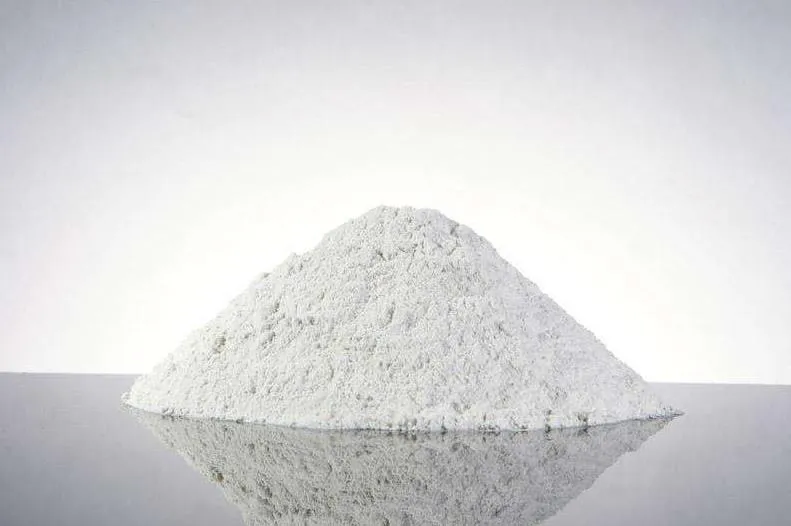
Modification of Kaolin
Intercalation Modification
Intercalation modification overcomes the interlayer hydrogen bonds and inserts the interlayer gap, thereby increasing the interlayer spacing without destroying the layered structure of kaolin.
There are mainly liquid phase intercalation, evaporation solution intercalation, mechanochemical intercalation, microwave radiation intercalation, and ultrasonic intercalation.
Calcination Modification
Calcination modification is a common method of kaolin processing, where kaolin is heat-treated by physical methods. The calcination temperature of kaolin for different purposes varies. High-temperature calcination (450-925℃) is the best method for carbon removal and whitening, and it is used in ceramic materials, fillers, adsorbents, catalysts, etc.
Chemical Modification
Chemical modification is divided into acid modification and alkali modification. It can improve the adsorption and reaction activity of the kaolin powder surface, but research on acid-base modification is still in the early stages.
Polyhydroxy Iron Modification
This method mixes polyhydroxy iron solution with crushed and screened kaolin, and then performs modification under heating and stirring conditions. Due to the great influence of temperature, the adsorption amount of kaolin gradually increases with the increase in temperature after polyhydroxy iron modification.
Coupling Agent Modification
Coupling agent modification uses chemical means to form a layer of organic coupling compound on the surface of kaolin fine particles, thereby changing the properties of the surface. Currently, there are mainly silane coupling agents and titanate coupling agents, which can make the surface structure of kaolin better compatible with organic matter.
Kaolin Exfoliation
Kaolin exfoliation reduces the particle size of kaolin by dissociating the layers to increase its surface area. It is divided into mechanical flaking and chemical flaking, which flake kaolin into extremely fine particles.
This process meets the requirements of low abrasion and high whiteness, making the kaolin suitable for use in papermaking, cosmetics, medicine, and other applications.
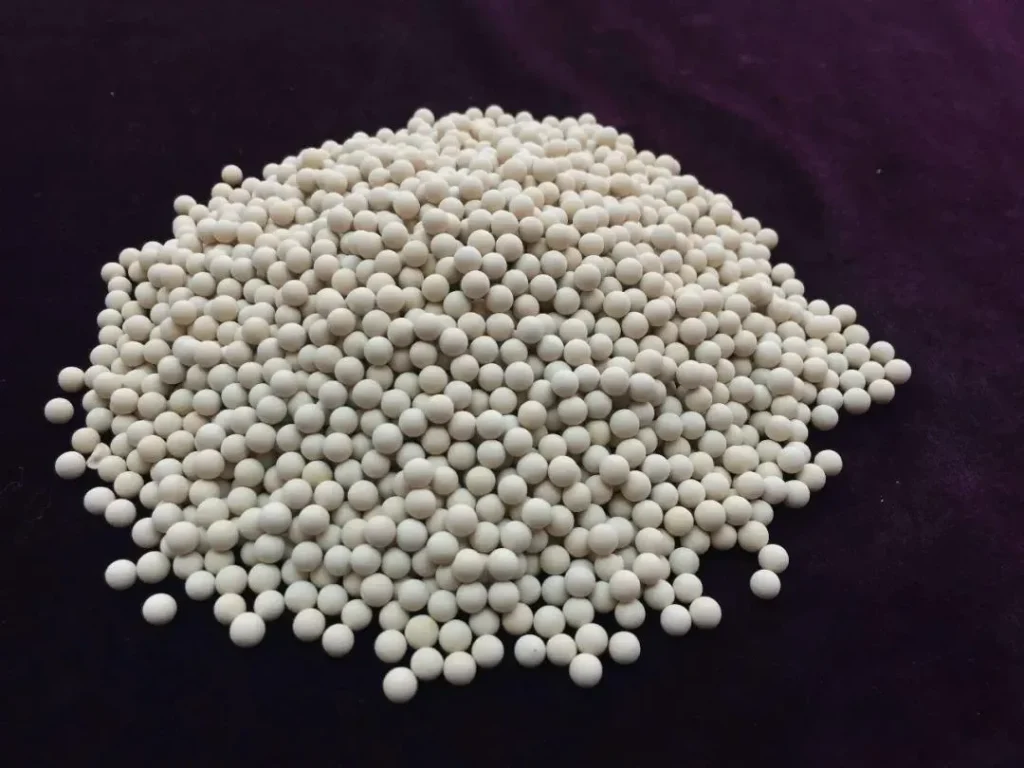
Kaolin Blending Technology
The stability of kaolin product indicators is one of the key factors in measuring product quality. Due to various natural factors, the quality of kaolin mines in China varies greatly across different mining areas or different ore layers in the same mining area.
The indicators of kaolin products fluctuate significantly, while the downstream industry has high requirements for the quality stability of kaolin products. Therefore, mastering blending technology has become essential for the development of related enterprises.
Summary
To follow industry trends and resource characteristics, leading enterprises are researching and applying deep processing technologies. They’re purification, grinding, and modification. These efforts improve kaolin’s whiteness, fineness, plasticity, and product stability.
Future developments include improved calcination, ultrafine flotation, whitening, viscosity reduction, tailings applications, nanotechnology, and antibacterial materials.
Epic Powder has Three-Roller Coating Machine to process lots of minerals. Please contact our engineer to get the best product you need.

